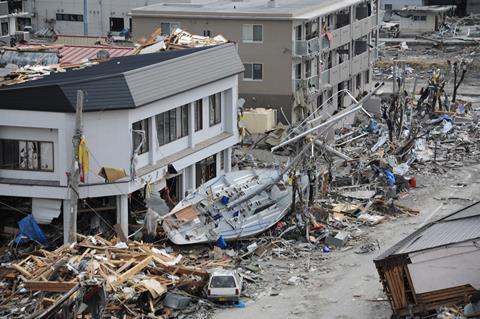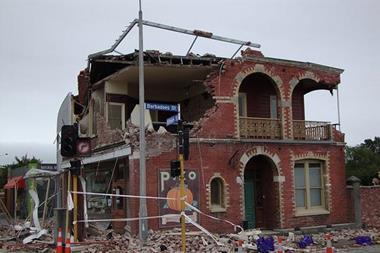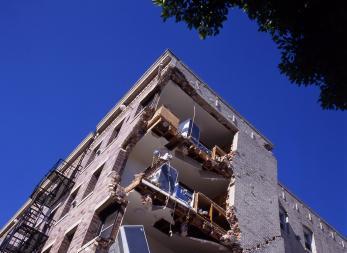FM Global says businesses should rethink their supply chains and how to take preventive measures

There are five lessons to be learnt from last year’s earthquake and tsunami in Japan, according to property insurer FM Global.
The catastrophe destroyed infrastructure and factories supplying several industries, particularly high-tech components and steel, leading big businesses such as Sony Corp and Toyota Corp to suspend production.
There is now an increased awareness of the threat that supply chain risks from natural catastrophes pose to businesses.
But there’s still more that businesses can do to ensure they are protected against future natural catastrophes, says FM Global.
1. Natural catastrophes damage the market share and reputation of companies as well as cause loss of revenue
Risk management challenges are becoming more of a boardroom issue, since management understands the grim consequences they can have. They may also go beyond the loss of revenue due to supply chain interruption to risking a company’s market share and reputation. , Because those businesses that are prepared to deal with natural catastrophes are the quickest to return to normal operations, resilience is increasingly seen as a competitive advantage.
2. Preventive measures are crucial when it comes to dealing with natural catastrophes
The majority of all loss is preventable. Even in the most extreme cases preventive action can limit the extent to which businesses face interruption. FM Global recently announced the launch of the FM Global NatHaz Toolkit, a one-stop online resource for natural hazard planning to help businesses prepare for and protect against the growing risks of catastrophe.
3. Businesses need to make sure they have planned for the worst case scenario
The main lesson learnt from the events in Japan is that complacency can kill a company. Companies need to consider the worst case scenario when planning for supply chain risk. Part of the problem when the earthquake struck was that no one had considered the impact of a disaster of that size, and so neither the insurance industry nor the business community had the right procedures in place to deal with the fall-out from widespread plant-closures and production outages, nor for the port closures that followed the tsunami.
4. Businesses need to change the way they view supply chains
The problems in Japan were made even worse by the clustering of similar industries in one area. When there is a high concentration of manufacturers of a specific product in one area, companies will lack a supply chain alternative when a natural disaster strikes. Businesses need to make sure that they have a plan B in place.
5. Businesses need to plan for what may happen if their plan B goes wrong
Even when companies have understood the importance of having an alternative source of supply in place in the event of a natural catastrophe, the Thai floods following shortly after the Japan disaster meant that a lot of businesses were caught out twice. One solution is to increase and diversify the number of suppliers. Relying on a number of suppliers across different areas rather than just one will reduce the levels of business interruption in case of a disaster.




















No comments yet